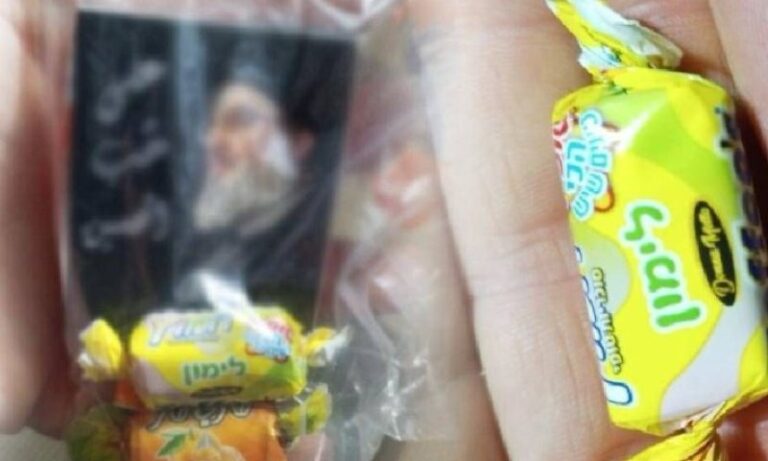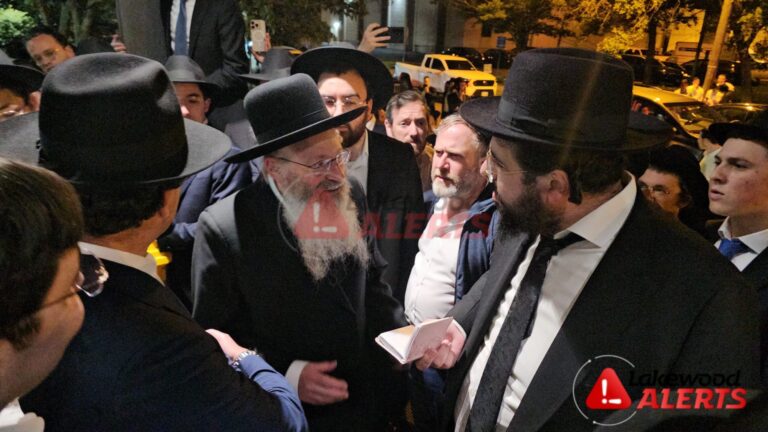 [By Rabbi Yair Hoffman]
[By Rabbi Yair Hoffman]
There is a law in New York City that all pawnshops have to keep a log of all used items that they have purchased, along with a copy of the identification of the person who had brought in the item. The log must be kept for six years, and police officers check these logs regularly.
The law is designed to minimize theft and reduce crime. Pawnshops have often been used by thieves as a “fence”—a place to unload their stolen merchandise. Fences act as the bridge between the criminal world and the legitimate world. According to Darrell J. Steffensmeier’s book The Fence: In the Shadow of Two Worlds, “major fences also play an active role in coaching thieves on techniques of theft and product identification, and in developing long-term relationships with buyers.” The laws regulating pawnshop purchases are thus a necessary tool in minimizing crime.
While these laws may apply to pawnshops, the world of eBay opens up more possible fence opportunities for thieves. Municipal or state laws that govern pawnshops do not cover eBay and other secondhand markets. According to an April 11, 2009 article in the New York Times, “Thanks to eBay, the shadowy world of fencing stolen goods is now electronic and accessible to all.”
Halachah Is All-Encompassing
The Shulchan Aruch (Choshen Mishpat 356, 358), however, is a bit more encompassing than municipal laws – and address all buyers not just the pawn shops. Rav Karo points out that purchasing stolen items is forbidden and considered a grave sin. (There is an exception, however, in regard to making sure that sifrei Torah and tefillin are not lost or abused; see Y.D. 281). These halachos are based upon the Talmudic discussion in Bava Kamma 119. It does not matter whether the thief is non-Jewish or Jewish; the same prohibition applies. It is considered a grave sin because it strengthens the hand of evildoers and also increases the amount of theft. The Talmud (Kiddushin 56b) gives an interesting folk expression concerning crime: “It is not the mouse that steals, but rather the mouse hole.”
Avoiding Possibilities
It is also forbidden, according to Shulchan Aruch, to purchase items that have the status of “possibly having been stolen.” But what are the parameters of this possibility? Does it mean even a remote possibility? Will this not seriously encumber our ability to make secondhand purchases?
The halachah as codified by the Shulchan Aruch is based upon a responsum (#108) of Rav Yitzchak ben Sheisheth (1326–1408), also known as the Rivash. The criterion that the Rivash provides is where there is “raglayim l’davar,” a factual indication of the possibility. (The Rivash, aside from being a Spanish halachic and Talmudic authority in the period of the late Rishonim, was also a businessman for several years prior to having been forced to take an official position in the rabbinate.)
Examples Of Raglayim L’davar
What would “raglayim L’davar” include, in terms of a concern for stolen merchandise? A few examples and possibilities:
1. If the price for the item is significantly lower than the market rate.
2. If the item is sold without achrayus—no return.
3. If the item is sold under suspect circumstances or very quickly.
4. If the seller tells the purchaser, “Don’t tell anyone.” (C.M. 358:3)
In a similar vein, the Shulchan Aruch (C.M. 358) rules that if the majority of this type of item are generally stolen, it is prohibited to purchase them. Thus a street-corner watch may not be purchased. If a person works in a facility that produces the type of item being sold, then it would be forbidden to purchase the item from him, unless the owner is aware of the sale. One of the Shulchan Aruch’s specific cases dealt with wool sold by a shepherd, but the principle applies to all industries.
Internet Listings
Are there “raglayim l’davar” indications on an eBay or Amazon listing? This is an emerging area of halachah that must be addressed by Klal Yisrael’s poskim, as the Internet is now the forum for most commerce, and we cannot ignore the halachic aspects of it.
If a seller has no history, this may be an indication that the item was stolen—especially if it is accompanied by a “one-day listing.” Multiple sales of items that are easily stolen might also be considered a raglayim l’davar.
Complaints in the comments section might also be a raglayim l’davar.
All this brings up another question. Do we have to go to great lengths to research a raglayim l’davar? There are legitimate businesses that also have a sideline in selling stolen items. The idea of “majority” mentioned above may come into play here.
Rav Chaim Kanievsky, shlita, was once asked whether a person whose father is in the habit of stealing may use his father’s esrog on the first day of Sukkos. The father had gifted it to him but there was a concern that it may not fulfill the requirement of “Lachem,” that on the first day the four minim must belong to the person fulfilling the mitzvah. Rav Chaim responded, based upon the Shulchan Aruch mentioned above and an explanatory SM’A, that it depends whether the majority of the father’s possessions were stolen or not. If the majority were purchased, then the son may use his father’s esrog. If the majority of his items were stolen, then we follow the majority here, as well, and it would be forbidden. (Cited in Chashukei Chemed, Bechoros 18b.)
We see from this ruling of Rav Kanievsky that under certain circumstances the notion of raglayim l’davar on an item does not apply. The exact interplay between raglayim l’davar and “majority” still needs further clarification.
The author can be reached at [email protected].










